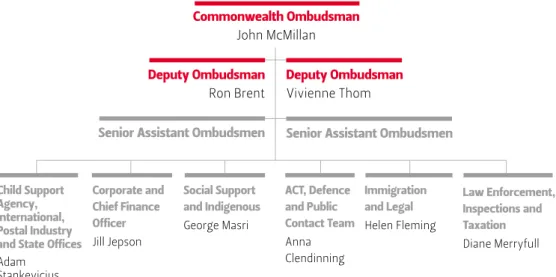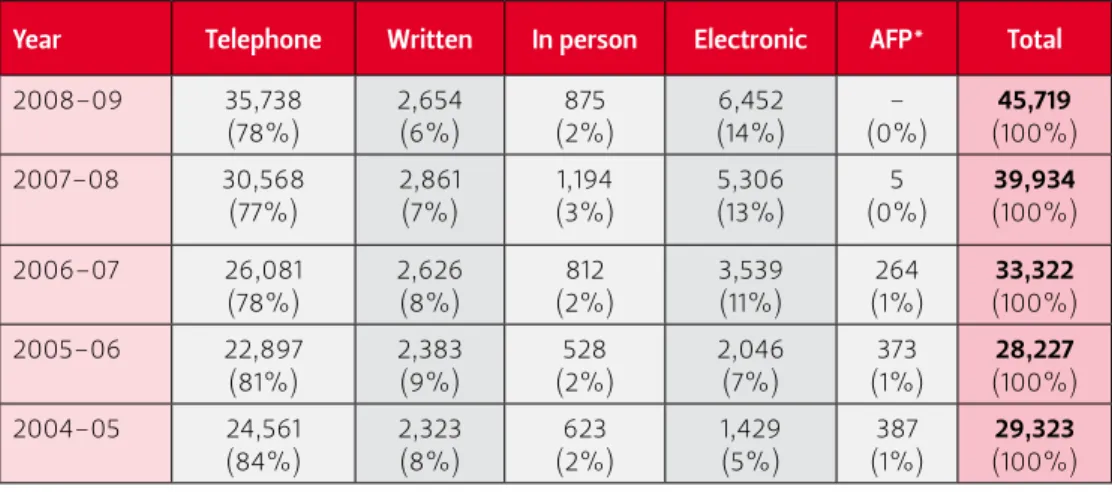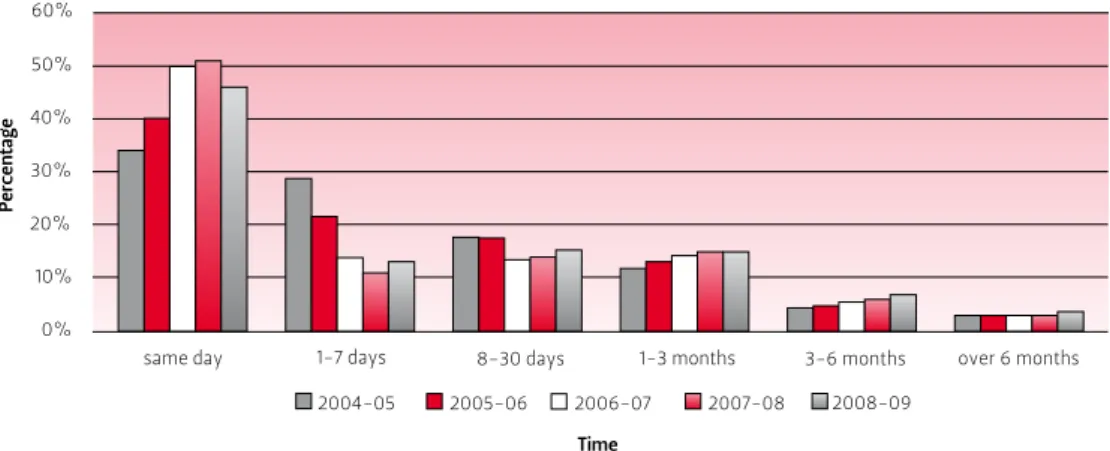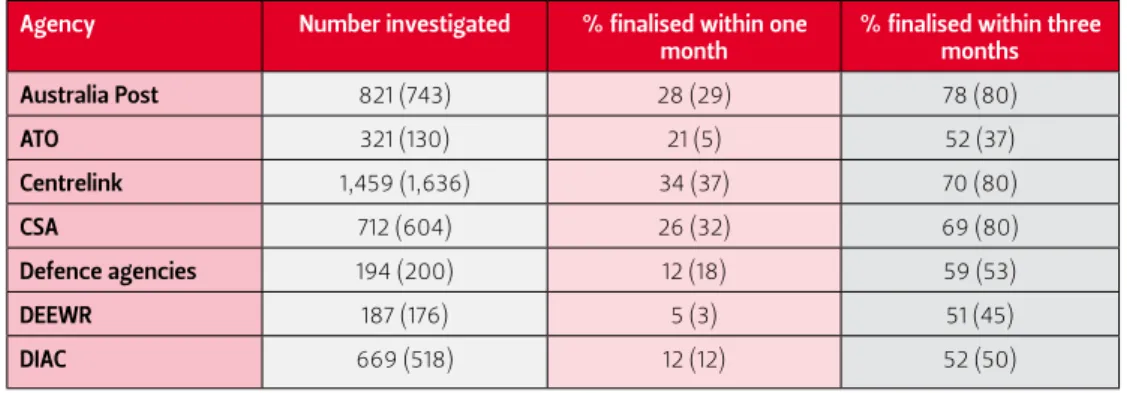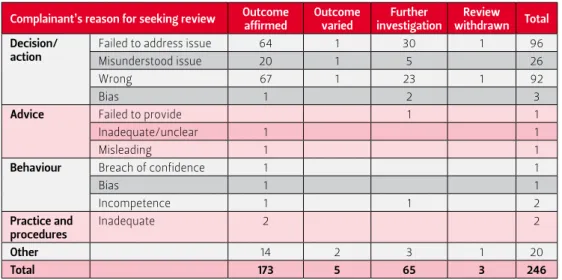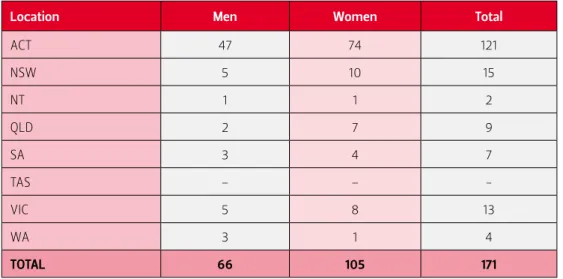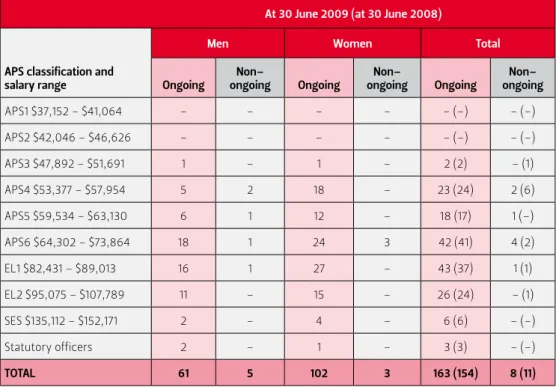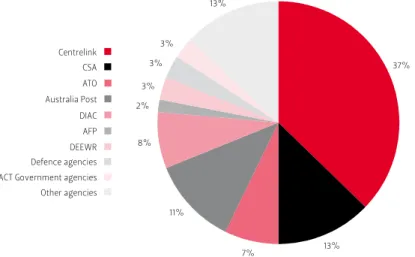Focuses on specific issues raised when investigating complaints about individual agencies, provides examples of the diversity of government complaints, how the ombudsman's office helped people resolve their complaints, and general administrative issues in government agencies . Briefly outlines the development of the modern concept of an ombudsman over the past 200 years since the first office of the ombudsman was established in Sweden in 1809. .
If so, there is a greater willingness on the part of the legislature to entrust these powers to agencies to aid in the enforcement and administration of the law. Many of the 140 or more countries where ombudsman offices are established attended the conference. 1 the ombudsman's office's primary function is to deal with complaints and inquiries from citizens about the actions of the state administration.
Some agency error or deficiency was identified in 10% of the complaints investigated, compared to 8% last year. We are aware of the need to provide a wider range of information, in different formats, to help agencies improve their public administration.
2the organisation
Management and accountability
FEATURE
Approaches to the office range from simple contacts that can be resolved quickly to more complex cases that require the formal use of the legal powers of the guardian. Chapter 7 - Helping People, Improving Governance provides some examples of the types of remedies achieved for individuals and systemic remedies during the year. In 2008-2009, we advised the complainant in 58% of cases under the ombudsman's jurisdiction to take the case to the competent authority at first instance (57% in 2007-08).
In 2008–09 we carried out two inspections each of the AFp and the Australian Customs and Border Protection Service, and one inspection of the ACC, the Australian Securities and Investments Commission and 11 state and territory police forces and integrity organizations. We carried out two inspections each of AFp and ACC records and one of NSW Police. In 2008–09 we inspected records of controlled operations. of AFp and ACC twice each.
However, we understand that all of the Ombudsman's recommendations in the reports finalized in 2008–09 were accepted by the agencies. A recent project within the twinning program was the strengthening of the admissions review unit (ISu) of the Ombudsperson Commission.
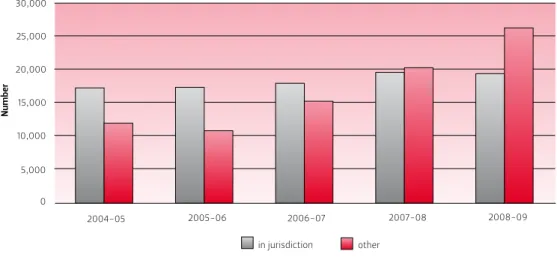
4Management and accountability
Helping people, improving government
6looking at the agencies
LOOKING AT THE AGENCIES
Many of the Alliance members belong to the Australasian and Pacific Ombudsman Region (APOR) of the International Ombudsman Institute. It strengthens regional cooperation and coordination between the offices of the Pacific Ombudsmen in the Cook Islands, Papua New Guinea, Samoa, the Solomon Islands, Tonga and Vanuatu. Mr. Henry Ivarature, executive officer of the Pacific Islands Forum Secretariat, also attended the board's inaugural meeting.
Mr Greg Andrews, Assistant Ombudsman of New South Wales, and Stephen Ranck from our office provided secretariat support.
8ombudsmen—
Accordingly, Australia Post considered that the Ombudsman's investigation should be directed at the private postal operator. STATEMENT OF CASH FLOWS of the Office of the Commonwealth Ombudsman for the period ended 30 June 2009. The degree of completion of contracts at the reporting date is determined by the proportion of costs incurred up to that date in relation to the estimated total costs of the transaction.
Gains on disposal of long-lived assets are recognized when control of the asset has passed to the buyer. The nominal amount is calculated in relation to the fees expected to be paid to repay the obligation. All other employee benefit obligations are measured at the present value of the estimated future cash flows to be made in connection with the services provided by the employees up to the reporting date.
Staff in the Ombudsman's office are members of the Commonwealth Superannuation Scheme (CSS), Public Sector Superannuation Scheme (PSS) or PSS Accumulation Plan (PSSap). The defined benefit obligation is recognized in the Australian Government's accounts and settled by the Australian Government in due course. The pension obligation recognized per 30 June 2009 represents outstanding contributions for the last fortnight of the year.
The classification depends on the nature and purpose of the financial assets and is determined at the time of initial recognition. Available-for-sale financial assets are non-derivative financial instruments that are either classified in this category or not classified in any of the other categories. If the asset is disposed of or assessed to be impaired, part (or all) of the accumulated gain or loss previously recognized in the reserve is included in the period's result.
These costs are included in the value of the office leasehold improvements with a corresponding provision for recognized goodwill. Any accumulated impairment at the revaluation date is eliminated against the gross carrying amount of the asset and the asset is revalued at the revalued amount. Value in use is the present value of future cash flows expected to flow from the asset.
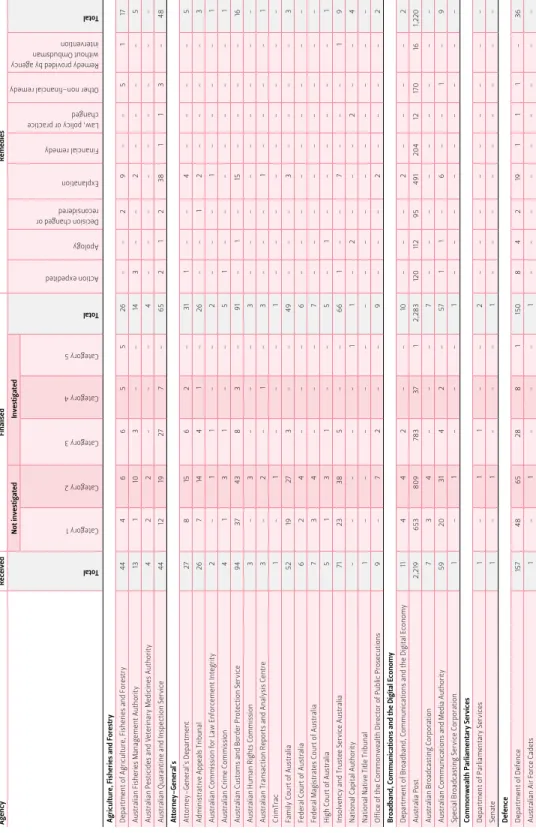
Events After the Balance Sheet Date
Income
Expenses
Formal valuations are generally undertaken where management believes that there is a material or significant difference between the carrying value of the asset and its fair value. Between formal revaluations, the office monitors the assets to ensure that the fair value of the assets is substantially correct.
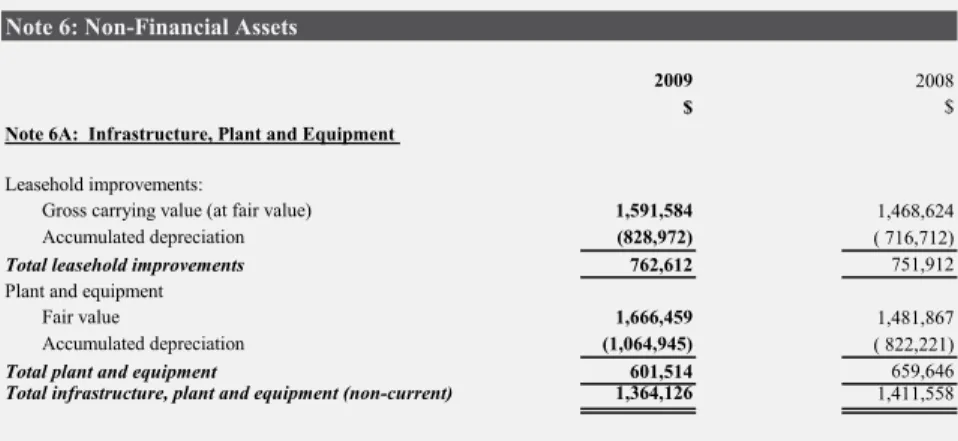
Payables
Provisions
Cash Flow Reconciliation
Contingent Liabilities and Assets
Senior Executive Remuneration
Remuneration of Auditors
Financial Instruments
The Office has no collateral or other credit enhancement facilities against these assets. The table below illustrates the office's gross exposure to credit risk, excluding any collateral or credit enhancements. Credit risk is defined as "the risk that one party to a financial instrument will cause financial loss to the other party by failing to meet an obligation."
The office's maximum exposure to credit risk at reporting date in relation to each class of recognized financial assets is the carrying amount of those assets as indicated in the Balance Sheet. A significant portion of the 'loans and receivables' are appropriations receivable from the Australian government, therefore the credit risk for these amounts is low. Liquidity risk is defined as the risk that the office cannot meet its obligations at a reasonable time.
The office monitors the amount of available cash in its bank account and the claims it can draw from the Ministry of Finance and Deregulation. A draw is proposed to ensure that there is sufficient money in the office's bank account to meet the obligations. The office is not significantly exposed to market risk in terms of currency or interest rate risk.
Equity Previous years' outputs Table A: Disclaimer of authority to draw cash from the Consolidated Revenue Fund for Ordinary Annuals.
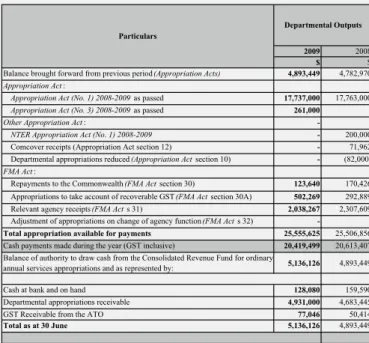
Compensation and Debt Relief
